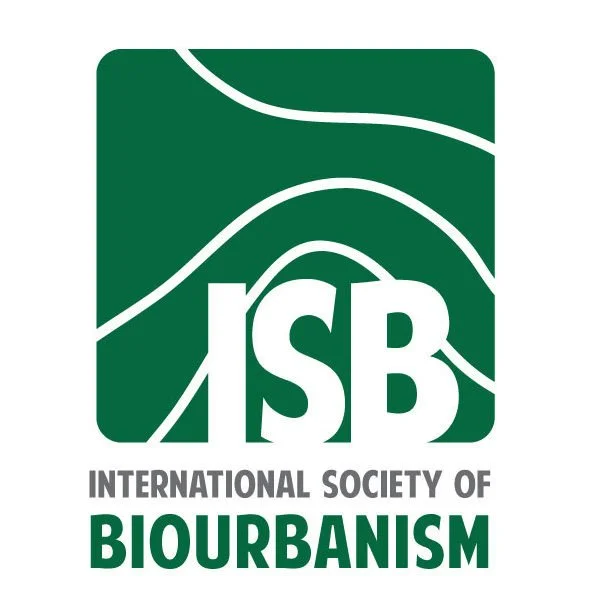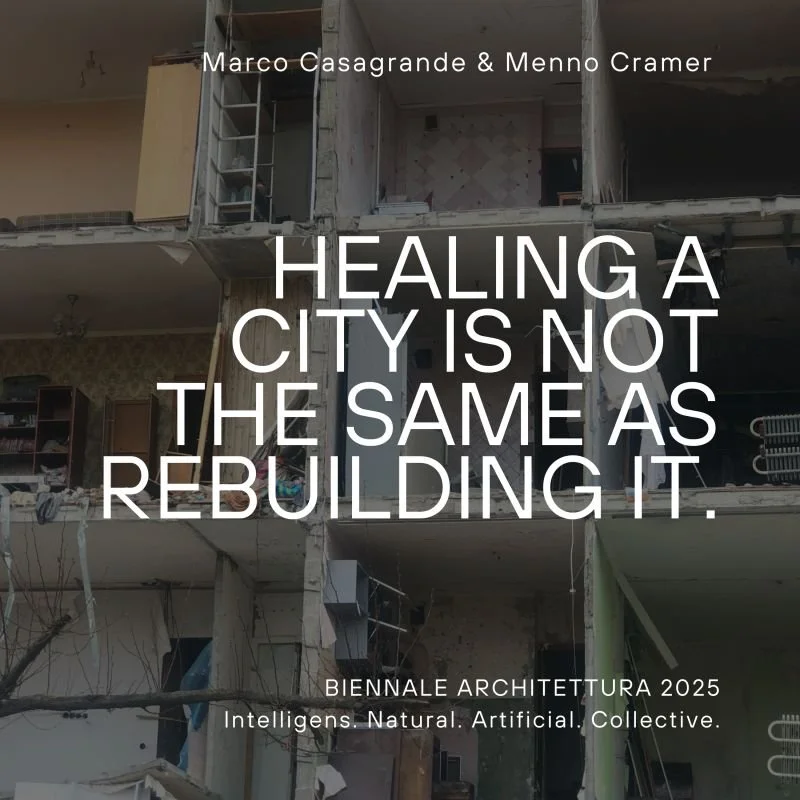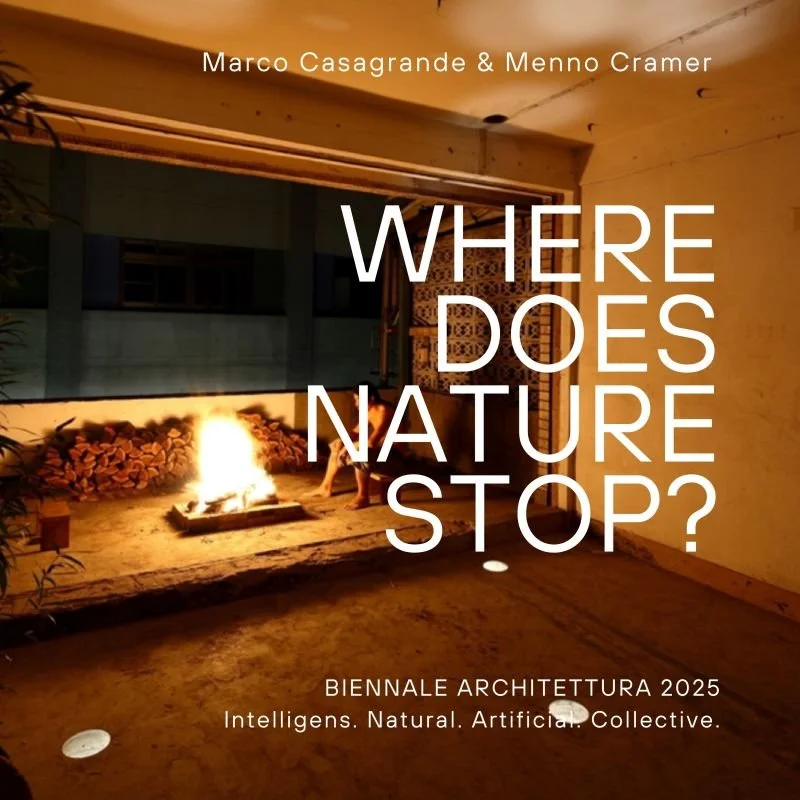
Where bodies meet buildings. Where form meets feeling.
Skin to Skin Architecture is an invitation to feel the built world as another epidermal layer of our skin, porous, alive and responsive.
It’s about buildings that breathe, that touch us back, that respond to the body as much as the climate.
We explore softness in structure. Intimacy in materials.
And the human in design.
Skin to Skin Architecture - Biourbansim - Urban Acupuncture -
Skin to Skin Architecture - Biourbansim - Urban Acupuncture -
Skin to Skin - Pelle a Pelle
Skin-to-Skin Architecture is about rethinking how we design cities and buildings, not just as objects we use, but as spaces that touch us back. Inspired by the power of skin-to-skin contact in neonatal care, where a caregiver's touch stabilizes, calms, and connects, we want you to think about: “What if our built environment could do the same?”
The paper explores how humans experience architecture not just with their eyes, but with their whole bodies, skin and beyond. The feeling of warm bricks, the echo of footsteps, these sensory stimuli shape how we feel, move, and belong.
Cities aren’t just maps and buildings, they become part of us. Through real-life examples, like the resilient refugee camp of Zaatari or the bomb-scarred city of Kharkiv, we see how spaces can hold memory, care, and even healing.
Modern urban design often leaves us disconnected, built for efficiency instead of emotion. We need something more human, more connected, an architecture that responds, protects, and even comforts, like skin. Cities, like people, have a body and a soul. And maybe the best cities are the ones that, in their own way, hold us close. Not just places to live, but places that make us alive.
Skin to Skin Architecture
Skin-to-skin architecture proposes a tender relationship between the human body, the built environment, and the living world, a design that breathes, decays, heals, and touches back. This intimacy means letting go of control: buildings must not dominate, but surrender to nature. Marco’s work in the Zaatari refugee camp in Jordan brought this ethos into one of the world’s most human and fragile environments. Architecture is not a solution imposed from above but a responsive organism shaped by local knowledge, reuse of materials, and the rhythms of daily life. Walls were meant to breathe, shelter was meant to evolve, and the built environment became a soft mediator between trauma and survival. Casagrande sees architecture as a second skin, one that must adapt, listen, and eventually allow nature (and culture) to reclaim it.
Menno Cramer extends this sensibility in Warm Nest, a cancer recovery retreat in Belgium developed in collaboration with Ark-Shelter. The shelter dissolves into its surroundings, minimal, respectful, and quiet, inviting patients into a continuum between architecture and atmosphere. Inside becomes outside and time slows. The building offers no grand gestures, no “grand design”, just being and presence. It listens to the trees, the fog, the breath of those within. Here, skin-to-skin becomes a language of care, not control, a gentle architecture that co-regulates rather than commands.
Biourbanism
Biourbanism is the study and practice of designing urban environments as living, evolving systems, where cities are understood not as mechanical structures, but as organic, and bio-psycho-social organisms. Rooted in systems theory, environmental psychology, neuroscience, and morphogenetics. Biourbanism proposes that cities should promote human health, well-being, and meaningful life through forms that align with our biological and cognitive nature. It challenges the functionalist, reductionist logic of industrial urbanism and instead advocates for complexity and the ability to relate.
A biourbanist city grows from within, shaped by the interaction between its inhabitants and its environment, where form follows life, not the other way around. It is a science and an art of cultivating urban ecosystems that are adaptive, salutogenic, and in harmony with the deep patterns of nature and culture.
Homepage from the International society for Biourbanism
Urban Acupuncture
Urban acupuncture listens for where the city wants to move next. Just as acupuncture in the human body locates blocked energy points and reactivates the flow of life through careful, minimal intervention, urban acupuncture treats the city as a sentient, responsive organism. The city has its own nervous system, its streets, its rituals, its collective memory.
Some parts are overstimulated, others neglected. Some carry trauma, others untapped potential. Through precise, sensitive actions, often small in scale but rich in intent, we can stimulate those points, allowing the urban body to recalibrate and begin to heal itself.
These interventions are not about spectacle. They are about touch. A bench placed where people naturally pause. A forgotten wall turned into a canvas. A crack in the pavement planted with herbs. Each one a needle placed in the right spot, unlocking movement, restoring connection, awakening a dormant rhythm. The city doesn’t need to be reinvented. It needs to be reminded of what it already knows.
Venice Biennale 2025
BioUrban Acupuncture Kharkiv
Marco Casagrande and Menno Cramer presenting at the Venice Biennale 2025 - Biourban acupuncture Kharkiv at the speakers corner.
Biourban Acupuncture Kharkiv presents a radical methodology of small, precise, and nature-based interventions that stimulate urban resilience and community healing. Developed through the collaboration of architects, citizens, artists, and researchers, this project reclaims the city as a living organism, responsive, vulnerable, and capable of regeneration.
Filmed on-site at the Venice Biennale 2025, the piece documents how ruins become roots for renewal, where the line between architecture and activism dissolves. Set within the context of the Venice Architecture Biennale, the video offers a powerful glimpse into a post-disciplinary practice that fuses biourbanism, neuroarchitecture, and grassroots intelligence to rethink not only what cities are, but what they can become. The talk is by Marco Casagrande, Architect and Menno Cramer, Neuroscientist and Designer.
They introduce two main concepts here, first of all skin to skin architecture. A new way of looking at the relationship between human and architecture as an extension of us as a being, and "the code". The research on the underlying "rules and patterns" that dictate experience, perception, emotion, impact and therefor is the master of design.






